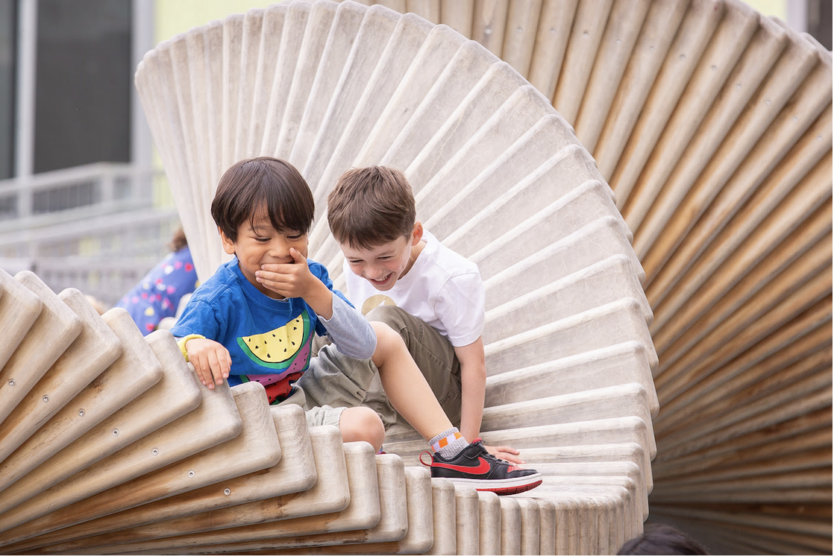Carissimi genitori,
I wish you all a very happy new year, and am looking forward to another year of learning and discovery in 2025!
I wanted to start by sharing with you a personal story that illustrates a topic that is on my mind at the beginning of this new year. When my son was around 8, I was grocery shopping with him when he started to complain about being thirsty. I told him he could walk over to the cafe (which is part of the grocery store) and ask them nicely if they could give him a cup of water, then come back and find me in the produce section. A few minutes later, he returned with an employee of the grocery store, who told me that he was very little to be on his own. I was surprised, embarrassed, and confused! I wondered: was I wrong to send him on his own to the cafe? I had figured that he was safely contained within this grocery store that he knew well, and I knew that he knew his way to the cafe and back, and had hoped that giving him some freedom and autonomy to do a task on his own would be good for him. But this situation made me question myself, as this person clearly had a different perspective!
I have thought about this many times, as my son has gotten older and my husband and I have continually tried to balance building his confidence and autonomy with concerns, real or imagined, about safety. I confidently sent him off to the corner store a block from our house to pick up milk; as soon as he was out the door I was feeling good and congratulating myself on my skilled parenting, but five minutes later I found myself wondering where he was, staring out the window to see if he was coming back yet and wondering what I was thinking. I have a raging mother bear inside me ready to wake up at all times and surge into protect mode – when do I listen to the mama bear and let her out, and when do I fight her back?
The reason I have been thinking about this is that I recently read a book called The Anxious Generation, by Jonathan Haidt, which I highly recommend to all of you – though I will warn you that it might make you a little anxious, especially in the initial part of the book, but keep reading to the advice and suggestions and you will feel better. This book helped me to really reflect on the changes that have taken place in childhood over the past few decades, especially in the U.S., the impacts they have on our kids, and also gave me a lot to think about in terms of what we, as adults who care for children, can do.
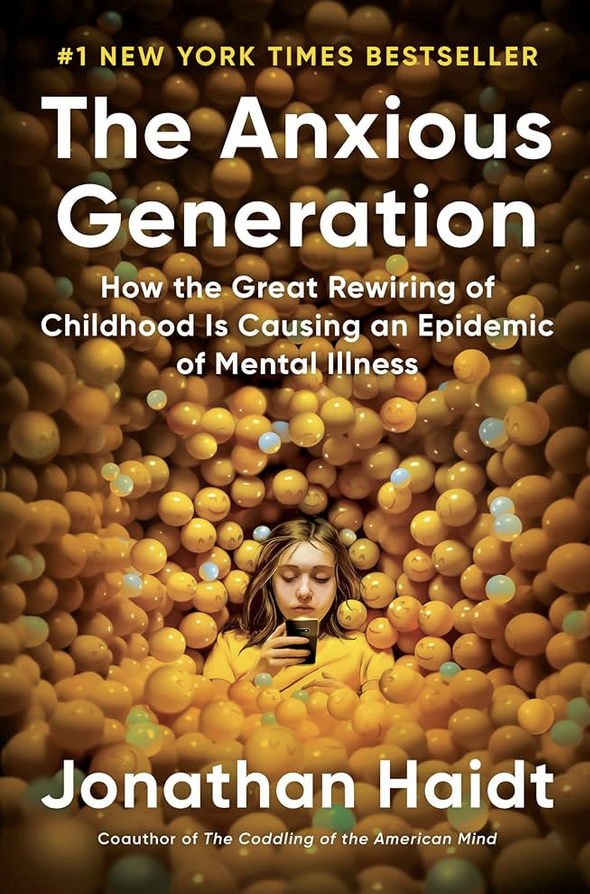
I recently asked the Elementary School team to think about their childhoods: where they played, who they played with, and what the role of adults was. We had strikingly similar stories, even growing up in different countries and different decades: a lot of memories of free play, outside in nature, with groups of kids and no adults around. What do you remember about your childhood? Where did you grow up and did you have a similar experience? How is your child’s experience different? In The Anxious Generation, Haidt discusses the decline of what he calls the play-based childhood, and the increase of the phone-based childhood. He also mentions that things were changing even in our childhoods of the ‘80s and ‘90s, as parents began to simultaneously overprotect in the real world and underprotect in the emerging online world.
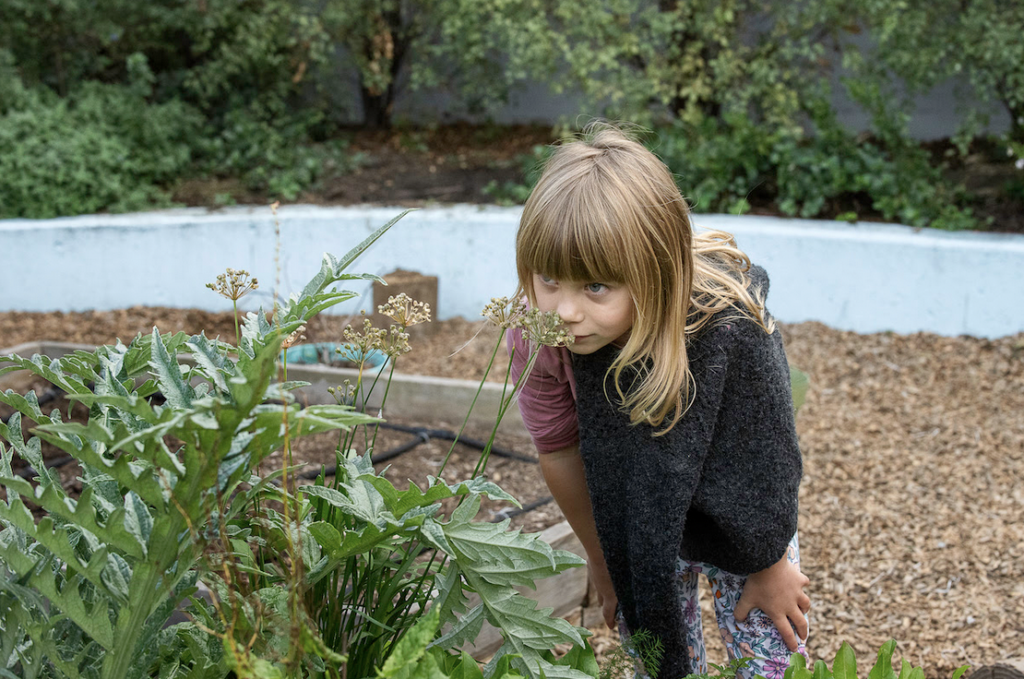
As a result, children today, in this place and at this time, have a very different experience from the one most of us remember as childhood. Even if we want to give them more autonomy and freedom, the realities of where we live and of the current culture just don’t make it feasible – as illustrated by my story, you might send your child off to do an independent task, only to have someone bring them right back to you. And you can’t send your child out to play in the neighborhood if she is the only one! However, my point here is not to despair or to bring up nostalgia for the ‘80s and ‘90s (that’s what Stranger Things is for). And so many things have changed for the better – I just have to rewatch certain movies from that era to notice how attitudes about gender, race, and sexual orientation have undergone a tremendous shift. My key takeaway is not that things are better or worse, but that we, as adults guiding children, need to be aware of where we are in place and time (one of the IB’s transdisciplinary themes!), so we can meet the needs of the children who are growing up here.
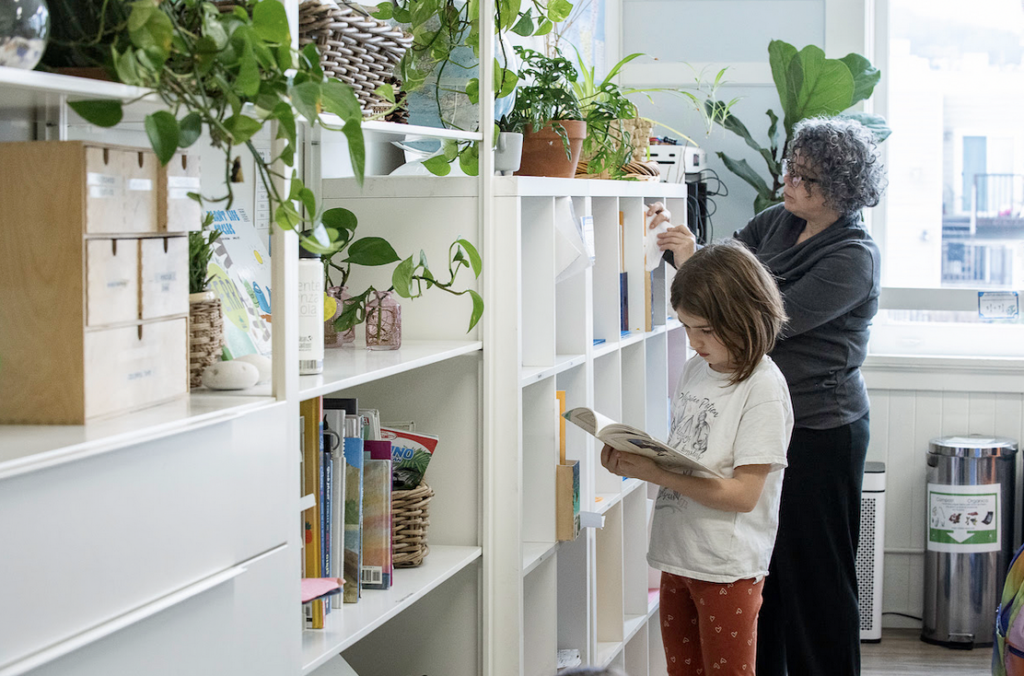
The big question, then, is how do we develop autonomy and agency in our students? If we can’t send them out to roam the neighborhood after school, what can we do within the framework that we have? How can we give them the freedom to learn, discover, explore and make mistakes, but also protect them and guide them as they make their way through a complex world? An article in the New York Times titled Giving Kids Some Autonomy Has Surprising Results caught my eye, as it addressed this very question. The author shares that inviting students’ curiosity and encouraging them to ask their own questions, supporting them in setting and reaching learning and personal goals increase engagement and motivation, provide students with the skills they need to succeed in life, and generally lead to happier, autonomous, and more engaged students. And this applies in school as well as at home. This is certainly something our team at La Scuola thinks and talks about all the time – not only in the classroom, but also in free spaces like recess. We do not want to solve the children’s conflicts and arguments for them, but we want to help give them the tools that they need to do it themselves.
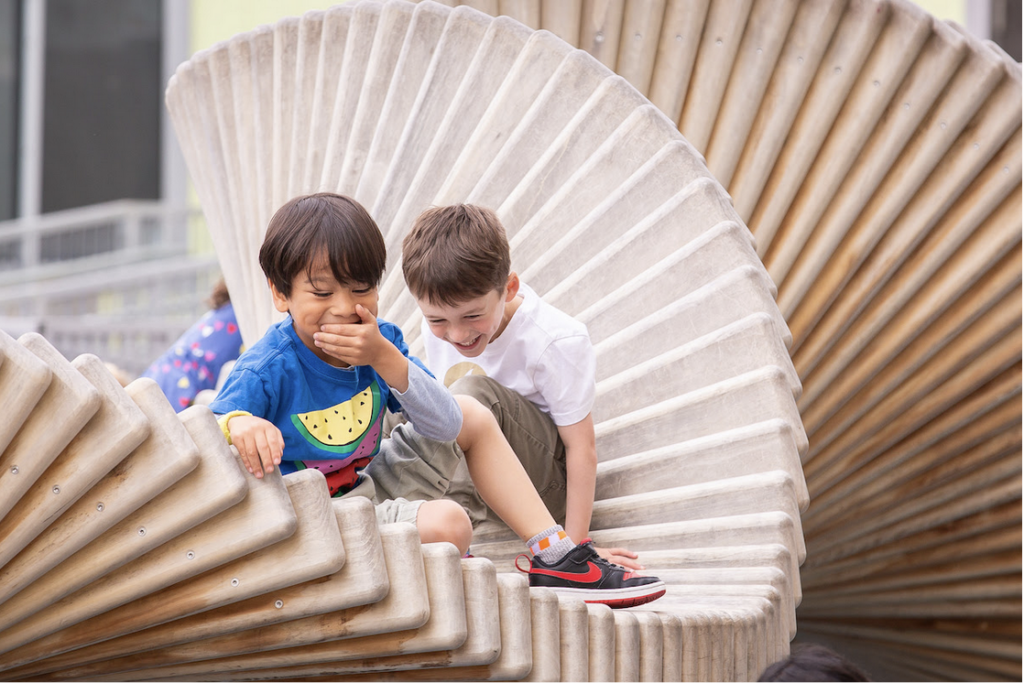
I am curious to know about what you do at home as well – how do you foster autonomy in your child? What opportunities do you provide for them to build independence? What are you still wondering about, and what is going well and what is difficult? I hope we can continue this conversation together!
Warmly,
Amanda Fox, Director of Elementary School
* * * * * * * *
Founded in 2002, La Scuola International School – the only Reggio Emilia inspired, International Baccalaureate (IB) and Italian language immersion school in the world – is serving the Bay Area with two San Francisco campuses (Preschool – Grade 8), and one campus in Silicon Valley (Preschool – Grade 1). Our mission is to inspire brave learners to shape the future. Every day, it’s the students at La Scuola who ask challenging questions and lead their learning across languages, across cultures, and across subjects.
Our motto is Nothing Without Joy so our spaces are designed to inspire creativity and curiosity. Our multicultural faculty and families are the foundation of our school experience. Children learn in English, Spanish and Italian, because we know that being multilingual has a significant impact on educational success, attention, decision-making, and overall happiness. Many families don’t speak Italian or Spanish at home; it does not stop their children from becoming fluent. To learn more, visit our website.
Share this Post

